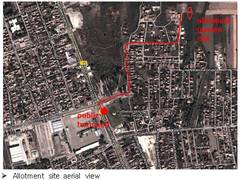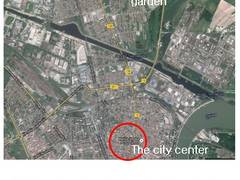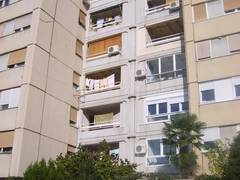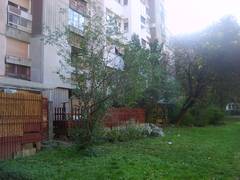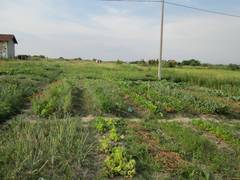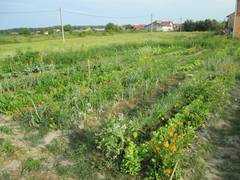Case studies Serbia
Urban Allotment Gardens Serbia
Urban gardening is quite new in Serbia. This is a country with long rural tradition and for a long period was governed by communist and socialist regimes. There were some forms of urban gardens during 20th century, usually private and family run. Since the process of urbanization took hold, some forms of urban gardens started to show up. Still, there isn't any kind of acts or lows, related to allotment gardens (AGs), both for national and local level, so the status of AG is undefined - illegal or own initiative. They are formed by will of locals, mostly for growing flowers and herbs, but also fruits trees and vegetables.
In the capital, Belgrade, there are some traces of urban gardening dating from the end of 20th century. According to the project “The key for mapping the biotopes of Belgrade” (that was done in 2007), total area was 177.46 ha, which represents 0.22% of the city. In 2011 year the area under allotment gardens is approximately 125.72 ha or 0.16%. All urban gardens were created with free will of locals, usually next to the buildings in which they live. Users of these gardens illegally use other people's land, somewhere even over 30 years. The reasons for allotments are mainly health and striving for the contact with the nature. In 2012 the organization “Gardening Plot” (Baštalište) was established as a community garden in Slanci, 9 km from the city centre. There on a plot of 18,40 ha, vegetables was grown on the principles of organic production (www.bastaliste.org).
In the second largest city in Serbia, Novi Sad, in residential block (called Liman), at the end of 20th century, some forms of gardens were spontaneously formed in the ground floors of flat apartments, directly open to the surrounding area. The first allotment site/garden was formed in April 2013. The area is approximately 10 acres, 13 parcels (P = 50m2/per plot). Access to the allotment site is by bus, car, bicycle, foot. The garden was established by organization “Agricultural world” (Poljosvet) and it is based on the principles of organic production with not strictly rules for designing the plots and for planting material. The site is maintained by the gardeners, followed by ideas of the organization’s leaders. So far, there is not achieved the collaboration with city’s authority.

